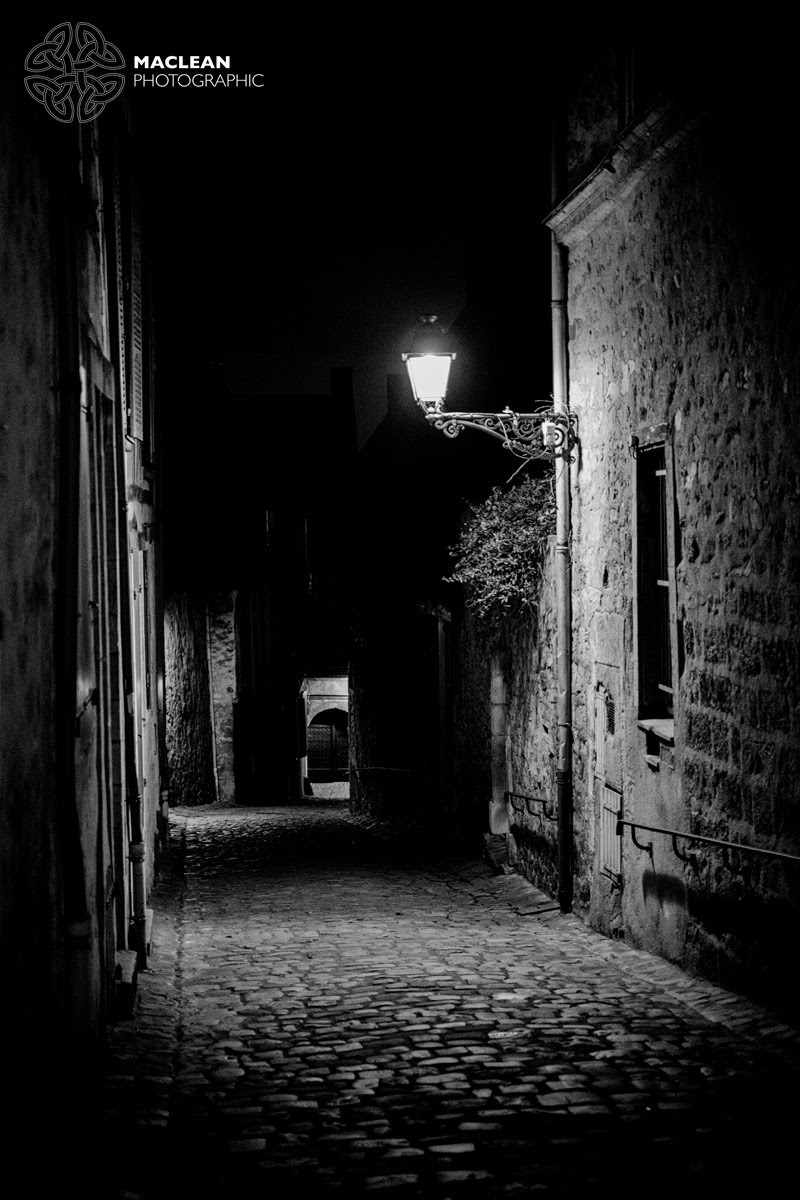The standard lens is one of those photographic legends, it is a relatively cheap addition to your camera bag that gives more bang-for-buck than any other photographic purchase you will ever buy.
So what is a standard lens? Well it is a lens that 'sees' the world with same field as vision as we do with our eyes.
 |
| Fujinon XF 35mm f1.4R |
In the film days this was a 50mm and this is the same today for full frame cameras such as the Nikon D800. For crop frame sensors the standard lens has become the 35mm. The advantages are they are relatively cheap to make because they don't need as many glass elements and they are a 'fast' lens with a wide aperture, usually f1.8 or f1.4 and some manufacturers have a f1.2, so they are great for shooting in low light. They are also relatively cheap with Nikon and Canon 50mm f1.8 around the £100 mark brand new and dirt cheap second hand.
They were the standard 'kit' lens that all cameras were sold with until the arrival of the standard zoom lens, which covered 50mm and wide and telephoto focal lengths as well. The 50mm fell out of favour as 'zoom' became the new thing but the payoff for this convenience was a maximum aperture that was a lot smaller (usually f3.5 to f4.5 at the wide angle end of the zoom). Even the big pro standard zooms 'only' have a max aperture of f2.8, which over a stop slower than the cheapest 50mm.
However pro photographers would always have a 'nifty-fifty' in their camera bag and as zooms got bigger and heavier, the standard lens became fashionable again with its simple design and wonderful bokeh from that f1.8 or f1.4 max aperture.
I have two standard lenses for my Nikon and Fujifilm X-Series outfits. The Nikon is a 50mm f1.4 AF-D and is the older design with the autofocus driven by the camera body and comes with an aperture ring. The newer AF-G has an autofocus motor in the lens and has been gelded so doesn't have the aperture ring. Performance wise, according to the sites that do the in depth reviews, there isn't anything between these two lenses and I prefer the less plasticky construction of the older Nikkor and the AF is just as snappy on the pro spec D800, but it is a little noisier.
 |
| Nikon 50mm f1.4 |
The Fujinon XF 35mm f1.4R is stunning. Like the Nikkor is is all metal contruction and has a quality feel which is match by the optical performance of the pro spec glass. This is the lens I like to keep on the camera if the light is low as it is one stop faster than the Fujinon 18mm f2 I usual keep on the X-Pro1.
Now a zoom lens might be more convenient and the performance of most 'kit' zooms are good to excellent but try a standard lens on your camera and you'll spot the difference immediately. A non zoom lens also forces you to think differently about your photography. Like all prime lenses you have to 'zoom' with your feet and because you are moving around it makes you think of composition a lot more than you do with a zoom, which you makes some photographers lazy by doing the framing by standing in one place and then just twisting the barrel of the lens to get the framing right.
Don't get me wrong, zooms are great and offer many advantages over primes - I have three Nikon zooms and on Monday I will have one Fujinon zoom. But the primes get the creative juices flowing and get you out of that photographic rut by making you work for the shot.
So this Friday's Tip is to get yourself a standard lens and start taking your photography seriously
 |
| Nikon 50mm f1.4 |
--------------------------------------------------------------------------------------------------------------
PLEASE SUPPORT THIS BLOG BY CLICKING THE GOOGLE ADVERTS
It doesn't cost you anything to click on an advert but we get a small fee for every click thru from Google and this helps support this blog - thank you for helping
-----------------------------------------------------------------------------------------------------------------
ALL IMAGES ARE THE PROPERTY OF MACLEAN PHOTOGRAPHIC AND CANNOT BE USED FOR ANY PURPOSE WITHOUT PRIOR PERMISSION
If you like what you see on this blog please visit our Facebook page and click 'like'










Comments
Post a Comment